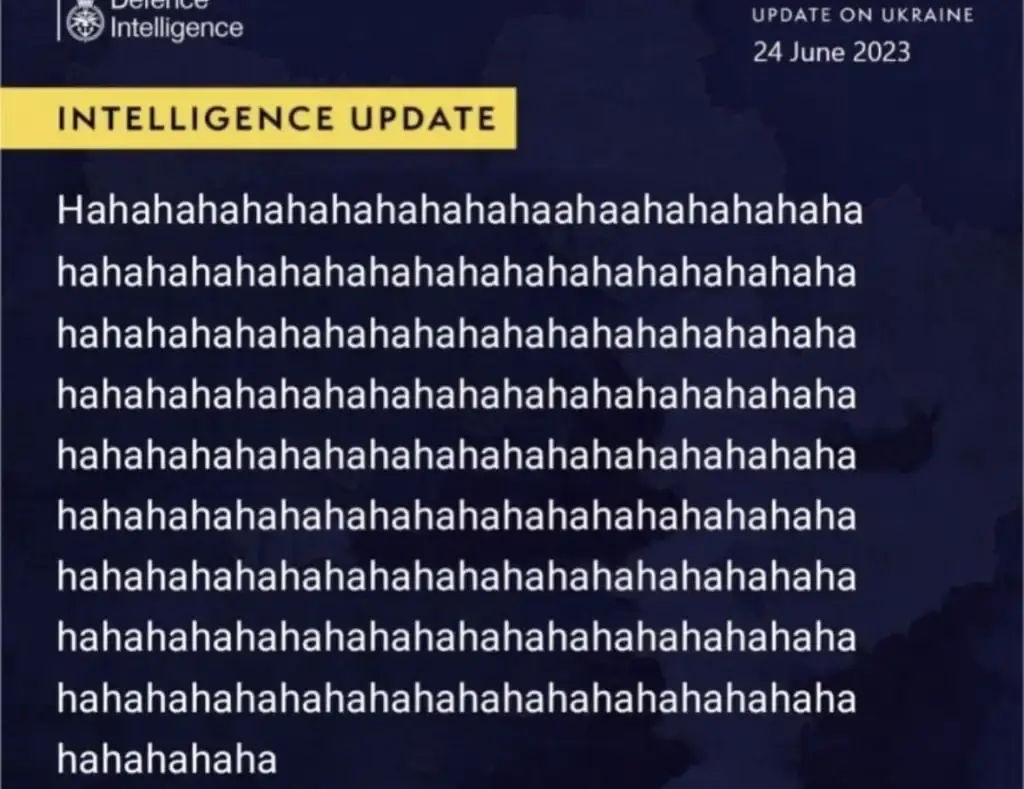Hey at least he got the diet coke, wouldn’t want to have too many calories right?
Mister Bean
- 0 Posts
- 14 Comments

 8·2 months ago
8·2 months agoHaving been in this same position I think I can help, you are almost definitely being cgnat which means that you do not have your own ipv4. The two workarounds I used for this are to use only ipv6 which is public but means you can’t always access it from older networks. And the second solution is to wireguard tunnel to a free oracle VM and use it as a proxy.

 1·2 months ago
1·2 months agoAh I see, if you want to do AI then definitely stick with the 3070, I just assumed you’d be using it for video transcoding with something like Jellyfin.

 3·2 months ago
3·2 months agoLooks good to me, although I would maybe even sell the 3070 and go for something like an intel arc and more ram instead.

 2·2 months ago
2·2 months agoWelp, guess I should do my research next time. Thanks for the heads up.

 3·2 months ago
3·2 months agoDepends on the file system, I know for a fact that ZFS supports ssd caches (in the form of l2arc and slog) and I believe that lvm does something similar (although I’ve never used it).
As for the size, it really depends how big the downloads are if you’re not downloading the biggest 4k movies in existence then you should be fine with something reasonably small like a 250 or 500gb ssd (although I’d always recommend higher because of durability and speed)

 1·3 months ago
1·3 months agoGreat guide, especially the folder structure setup, I wasted so much storage getting that wrong at first.
But im wondering why not put everything into one compose file? It might just be personal preference but I find it a little easy to find what I’m looking for.
(Also this is just a nit-pick but including the version tag now prompts a warning that it’s deprecated.)

 1·5 months ago
1·5 months agoJust out of curiosity, what do you use all that storage for?

 2·1 year ago
2·1 year agoIts like a workshop for photos I guess

 1·1 year ago
1·1 year agoCheck your ffmpeg logs that should help find the cause

 1·1 year ago
1·1 year agoHonestly same, I just know that the speeds were better when the port forwarding worked.
I think it just makes the service visible to devices from outside the network which helps them form a more direct connection. (That’s just an educated guess though)

 5·1 year ago
5·1 year agoI can confirm that seeding with mullvad is painfully slow, if you do torrent locally get a VPN with port forwarding.

 2·1 year ago
2·1 year agoUsing the *arrs is pretty convenient if you know how to use docker (or even if you dont) and then you can connect them to Plex or jellyfin to view, it won’t be instant like Netflix and co but at least its free/cheaper (cost of VPN or seedbox). You can even setup overseerr or jellyseerr to simplify the movie/show requests.


I was hoping more like a slap bracelet